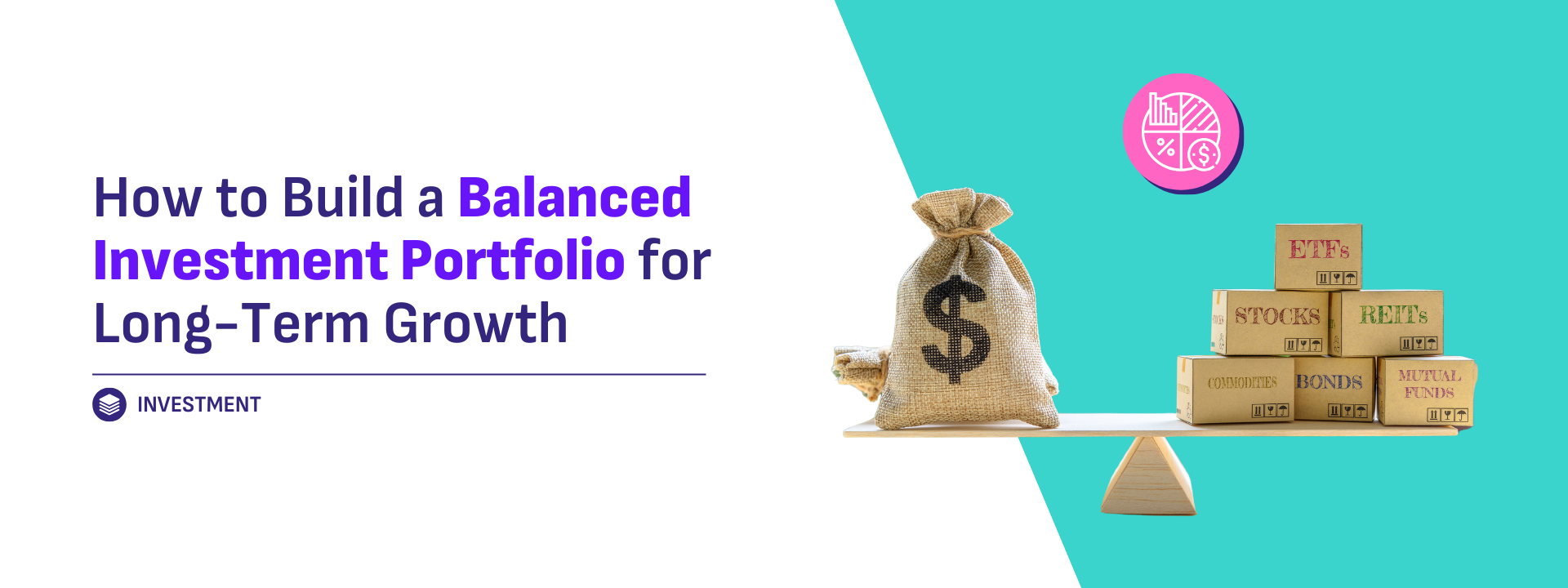


Diversification is often likened to not putting all your eggs in one basket. By allocating investments across different asset classes, sectors, and geographical regions, investors can reduce the risk associated with any single investment. The rationale behind this strategy is that different assets react differently to market conditions. For instance, while stocks may perform well during economic expansion, bonds might provide stability during downturns. Diversifying helps ensure that a decline in one area of the market does not significantly impact the overall portfolio.

1. Risk Reduction: Diversification helps to mitigate risk by spreading investments across assets with varying degrees of risk and return. This reduces the portfolio’s overall volatility and potential for significant losses.
2. Smoother Returns: By holding a mix of asset classes, investors can achieve more consistent returns over time. Different assets often have varying cycles of performance, so while one may underperform, others may compensate with stronger returns.
3. Enhanced Long-Term Growth: A well-diversified portfolio can capture growth opportunities across different sectors and regions, potentially leading to higher returns over the long term.

Building a diversified portfolio involves allocating investments across various asset classes. Here’s a look at some key asset classes and how they can be strategically combined:
1. Equities (Stocks): Stocks offer potential for high returns but come with higher volatility. Within equities, diversify across different sectors (e.g., technology, healthcare, finance) and geographical regions (domestic and international). This helps mitigate sector-specific and country-specific risks.
2. Fixed Income (Bonds): Bonds provide income through interest payments and are generally less volatile than stocks. Include a mix of government and corporate bonds with varying maturities to balance risk and return.
3. Real Estate: Real estate investments, such as real estate investment trusts (REITs), can offer stable income and potential for capital appreciation. They also often have low correlation with stocks and bonds, adding another layer of diversification.
4. Commodities: Commodities like gold, oil, and agricultural products can act as a hedge against inflation and market downturns. Including commodities in a portfolio can help offset losses from other asset classes during economic instability.
5. Cash and Cash Equivalents: Cash and cash equivalents (e.g., money market funds) provide liquidity and safety. While they offer lower returns, they serve as a buffer during market downturns and provide funds for rebalancing the portfolio.

1. Determine Your Risk Tolerance: Assess your risk tolerance based on your investment goals, time horizon, and financial situation. This will guide your allocation across asset classes. For example, a younger investor might have a higher allocation to stocks, while someone nearing retirement may favor bonds and cash.
2. Build a Balanced Portfolio: Use asset allocation strategies to diversify your investments. A common approach is the 60/40 rule, which suggests allocating 60% to stocks and 40% to bonds. However, adjust this based on your individual risk tolerance and investment goals.
3. Regular Rebalancing: Periodically review and adjust your portfolio to maintain your desired asset allocation. Over time, certain assets may grow faster than others, causing your portfolio to drift from its target allocation. Rebalancing helps ensure that your portfolio remains aligned with your investment strategy.
4. Stay Informed: Keep up with market trends and economic conditions that may impact your investments. Being informed allows you to make timely adjustments to your portfolio and take advantage of new opportunities.
Risk Disclosure: Orion Wealth Academy is owned by Orion Academy Pte. Ltd. (UEN: 202310311E). All investments carry significant risks, including the potential loss of your capital. ORION Wealth Academy’s seminars, courses, and programs are conducted by experts with specialized knowledge in their fields. We do not guarantee profits or protection from loss. Past performance is not indicative of future results. Participants should consider their financial situation, risk tolerance, and investment experience, and trade only with capital they can afford to lose. Leverage can amplify both profits and losses. Our content is for educational purposes only and does not constitute financial advice or investment recommendations. We strongly advise seeking independent financial advice before making any investment decisions. ORION Wealth Academy is not responsible for any financial losses incurred.
Subscribe now to keep reading and get access to the full archive.
We noticed you're visiting from Singapore. We've updated our prices to Singapore dollar for your shopping convenience. Use United States (US) dollar instead. Dismiss